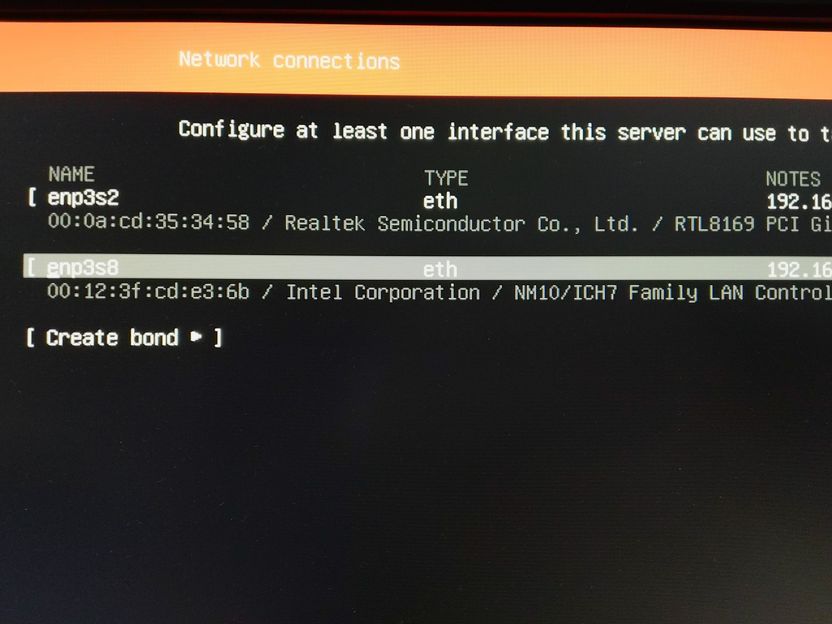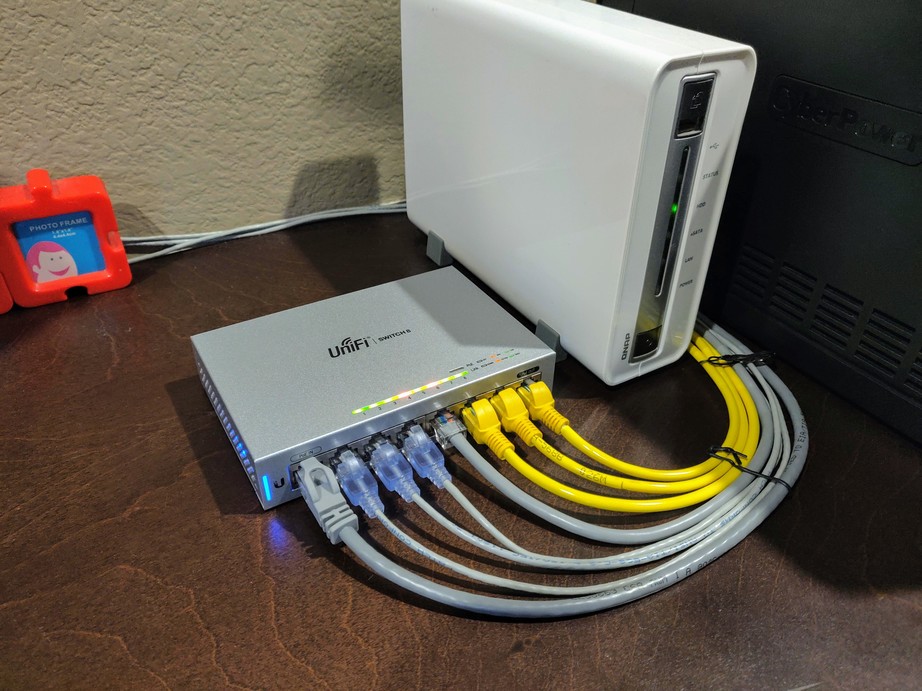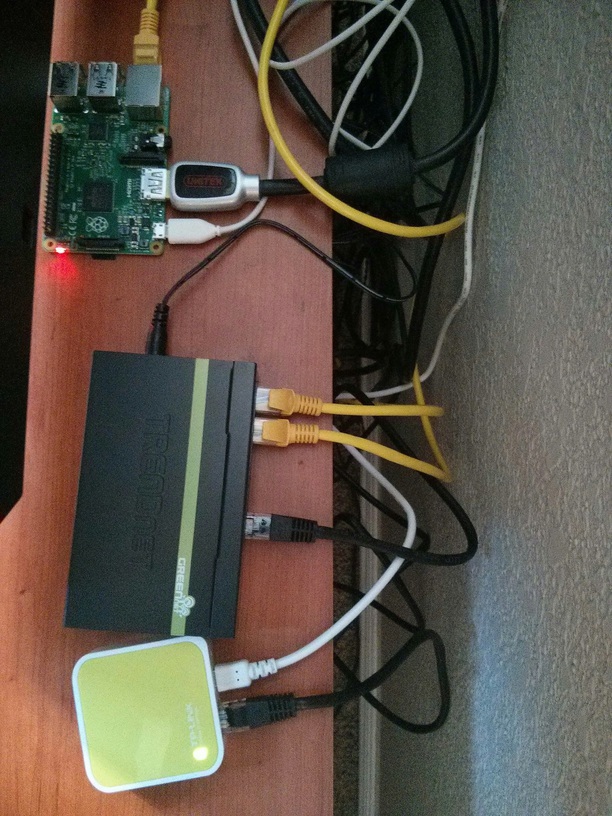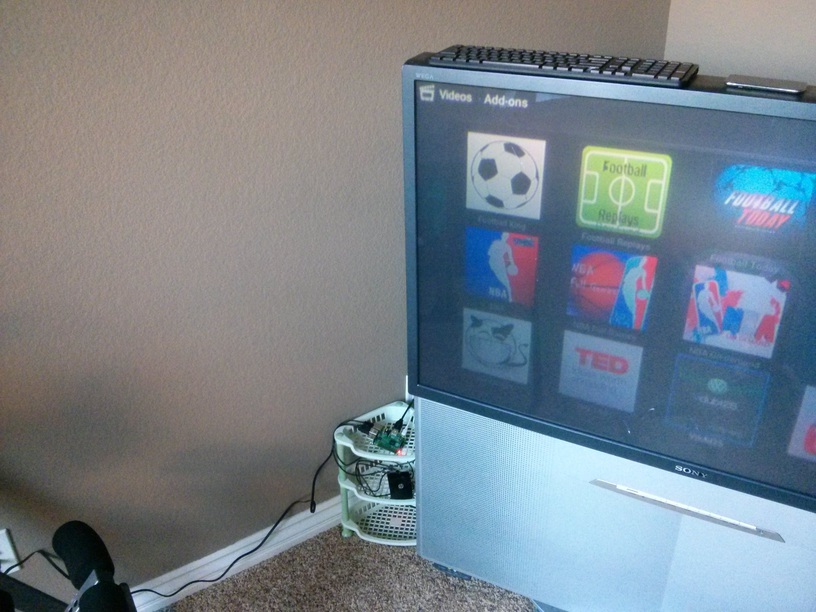802.3ad是实现网络负载均衡的方法之一,Ubuntu服务器版在安装时提供配置向导,如下图:

802.3ad要求网卡拥有相同的参数,而且要求有交换机端的支持,在我安装Ubuntu的时候这两个条件都不满足,所以在初次尝试的时候我选择了balance-alb,更多配置选项参见UbuntuBonding。
后来我又增加了一块基于RTL8169的网卡,于是直接修改配置文件,如下:
liang@dell5150:~$ cat /etc/netplan/50-cloud-init.yaml
# This file is generated from information provided by
# the datasource. Changes to it will not persist across an instance.
# To disable cloud-init's network configuration capabilities, write a file
# /etc/cloud/cloud.cfg.d/99-disable-network-config.cfg with the following:
# network: {config: disabled}
network:
bonds:
bond0:
addresses: [192.168.2.3/24]
gateway4: 192.168.2.1
nameservers:
addresses: [192.168.2.1,8.8.8.8]
interfaces:
- enp3s2
- enp3s3
parameters:
mode: 802.3ad
lacp-rate: fast
mii-monitor-interval: 100
ethernets:
enp3s2:
addresses: []
dhcp4: false
dhcp6: false
enp3s3:
addresses: []
dhcp4: false
dhcp6: false
enp3s8:
addresses: [192.168.2.5/24]
gateway4: 192.168.2.1
nameservers:
addresses: [192.168.2.1,8.8.8.8]
version: 2
我这里将enp3s2和enp3s3合并为802.3ad,两块网卡共用一个IP地址。配置好服务器后,配置交换机,我使用的是Ubiquiti US-8-US。

都配置好后需要分别重启。然后检查服务器段配置是否生效。
liang@dell5150:~$ cat /proc/net/bonding/bond0
Ethernet Channel Bonding Driver: v3.7.1 (April 27, 2011)
Bonding Mode: IEEE 802.3ad Dynamic link aggregation
Transmit Hash Policy: layer2 (0)
MII Status: up
MII Polling Interval (ms): 100
Up Delay (ms): 0
Down Delay (ms): 0
802.3ad info
LACP rate: fast
Min links: 0
Aggregator selection policy (ad_select): stable
Slave Interface: enp3s3
MII Status: up
Speed: 1000 Mbps
Duplex: full
Link Failure Count: 2
Permanent HW addr: 00:0a:cd:35:b8:b0
Slave queue ID: 0
Aggregator ID: 1
Actor Churn State: none
Partner Churn State: none
Actor Churned Count: 0
Partner Churned Count: 0
Slave Interface: enp3s2
MII Status: up
Speed: 1000 Mbps
Duplex: full
Link Failure Count: 2
Permanent HW addr: 00:0a:cd:35:34:58
Slave queue ID: 0
Aggregator ID: 1
Actor Churn State: none
Partner Churn State: none
Actor Churned Count: 0
Partner Churned Count: 0
其实这台电脑是非常老的DELL Dimension 5150,奔4双核,带一块百兆网卡,即前面看到的enp3s8。使用sudo lshw -c network可以查看网卡硬件信息,板载网卡配置如下:
*-network:2
description: Ethernet interface
product: NM10/ICH7 Family LAN Controller
vendor: Intel Corporation
physical id: 8
bus info: pci@0000:03:08.0
logical name: enp3s8
version: 01
serial: 00:12:3f:cd:e3:6b
size: 100Mbit/s
capacity: 100Mbit/s
width: 32 bits
clock: 33MHz
我的打算是在上面装ZoneMinder管理家里的四个网络摄像头,给主板上仅有的一个PCIe x1端口安装了一块两口SATA3转接卡,分别连接一块SSD(安装操作系统)和一块2TB西数紫盘(用于存储录像)。两块盘共存于一个5寸转接盒里,最多可以容纳一块3.5寸HDD和两块2.5寸SSD。

另外为了提升网络吞吐量,先后买了两块PCI(不带e)千兆网卡,然而PCI本身达不到千兆速度,实测约为700Mbps上下。

因此有了配置802.3ad的兴致。





